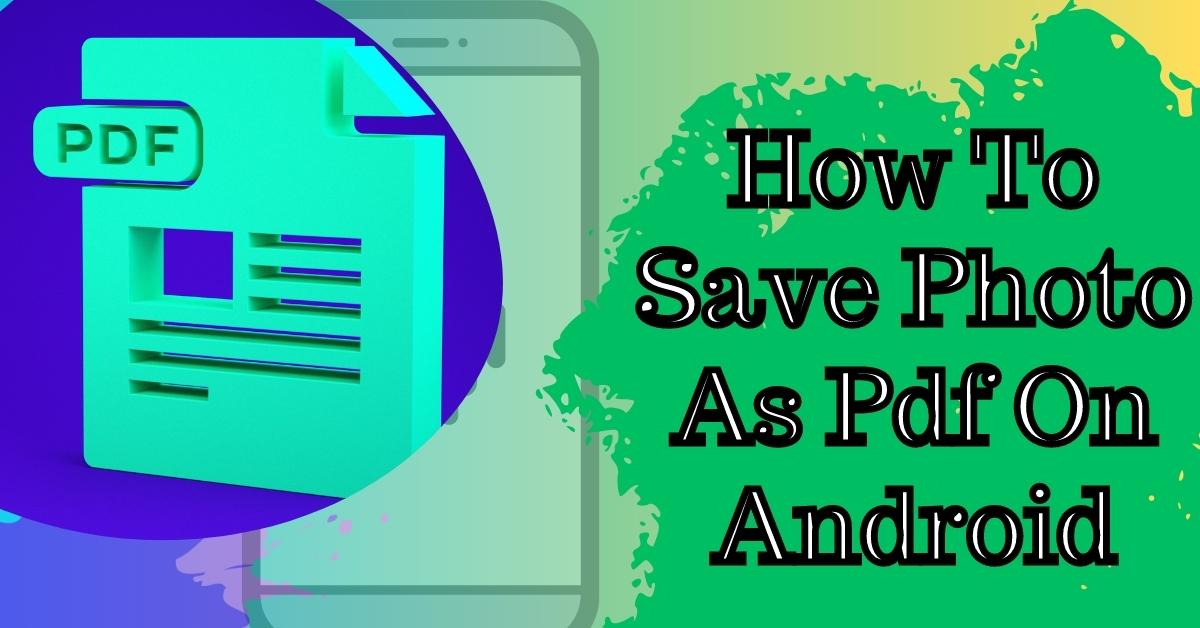If you want to remove someone from a Facebook group, there are a few different ways to go about it. The first way is to use the group’s settings. On the group’s page, click on the gear icon in the top right corner and select “Settings.” In the “Settings” menu, under “Member Management,” click on the “Remove Member” button next to the person you want to remove.
Alternatively, you can use the group’s messaging system to ask the person to leave. On the group message thread, send a message to the person saying that you would like them to leave the group and include a reason why.

If either of these methods doesn’t work, you can contact Facebook support for help removing someone from a group.
Why can’t I remove a member from the Facebook group?
If you would like to remove a member from your Facebook group, there may be a few reasons why this may not be possible. Firstly, the member may have been added by another user, and as such, they may have rights over that user’s account. Secondly, the member may have been added as a friend of the group administrator – in which case they would be able to remove other members from the group without their consent. Finally, if the group has been set to public visibility, then the member may not be able to be removed regardless of their wishes.
Are members notified when removed from a Facebook group?
Facebook groups are a great way to connect with others and share ideas. However, sometimes members may need to be removed from a group for various reasons. In this article, we will discuss how members are notified when they are removed from a group.
When a user is removed from a group, the member is not automatically notified. Facebook does not send an email notification to the user when they are removed from a group. Instead, Facebook simply removes the user’s account information from the group’s list of members. This means that the user cannot view or join the group anymore.
If a user wants to be notified when they are removed from a group, they can use the “Notify Me” feature on the group’s page. When the user clicks on “Notify Me,” Facebook will send them an email notification about each new post made to the group. Additionally, if the user has joined the group as a guest, Facebook will send them an email notification every time someone joins or leaves the group.
How do you delete a member of a group?
If you are a group administrator and someone is no longer part of the group, you can remove them by following these steps:
1. Log into your Facebook account.
2. Click on Groups on the left side of the main Facebook screen.
3. Under Groups, click on the group you want to manage.
4. On the right side of the Group page, next to Members, click on Remove Member.
5. Select the member you want to remove and click Remove.
Can a moderator remove an admin?
In short, yes. A moderator can remove an admin if they are acting in an inappropriate or disruptive manner.
What happens when you are muted in a Facebook group?
When you are muted in a Facebook group, you are not able to see or respond to the posts from the group. However, you can still see and respond to the posts from other members of the group.
What’s the higher admin or moderator?
When it comes to group management, there are two key positions: the higher admin and the moderator. The higher admin is in charge of overall group operations, while the moderator helps manage discussions and keep things running smoothly. Whom should you appoint as higher admin or moderator? Here’s a look at the difference and when you might want to choose one over the other.
The main difference between the two roles is who has the authority to make changes to the group’s settings and rules. The higher admin can make changes to these details, while the moderator can’t. The higher admin also has the ability to remove members from the group. This means that if someone isn’t following group rules or is causing problems, they may be removed from involvement. Moderators, on the other hand, don’t have this power and must try to work with members to resolve disputes.
In some cases, it may be more beneficial for a group to have a higher admin in charge. This person can help manage membership, set Group Rules, and handle any other administrative duties needed for running a successful group. In other cases, where a group is more informal and discussion-based, a moderator may be better suited.
You Can Read Also:
- How to Remove Someone from Facebook Group
- How to Remove Suggested People on Messenger
- How to Recover Deleted Facebook Comments
- How to Get Notification When Someone is Online on Facebook
- How to Remove Email Address from Facebook
- How to See Who I am Following on Facebook
- How to See Who Viewed Your Facebook Profile
- How to See Other Viewers on Facebook Story
- How to Remove Reels and Short Videos from Facebook
- How to Hide & Unhide Messages on Facebook Messenger
- How to Remove Contacts from Facebook Messenger
- Best Facebook Age Checker Tool 2022
- Can I See Who Downloaded My Facebook Photos



